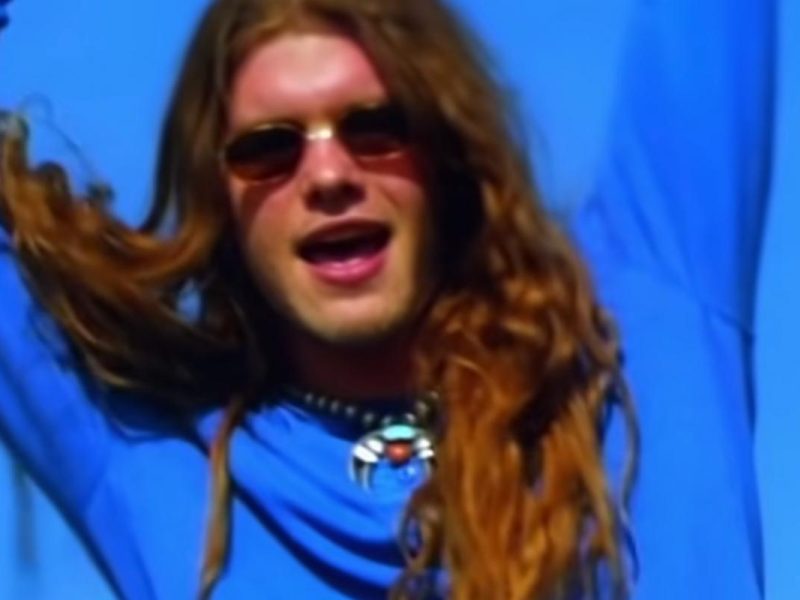R.E.M.’s “Lightnin’ Hopkins” isn’t a song about the musician of the same name. Although the title of the third track on side two of Document shares its moniker with Sam “Lightnin’” Hopkins, spotlights a howled vocal hook and features slide guitar, R.E.M. wasn’t paying any sort of tribute to the Texas bluesman in the song’s lyrics. It merely gained its name because guitarist Peter Buck happened to have a Lightnin’ Hopkins LP with him on the day the band recorded the tune – at least according to Craig Rosen’s R.E.M. Inside Out: The Stories Behind Every Song.
Not that many people outside singer Michael Stipe have much of an idea as to what “Lightnin’ Hopkins” is about. As a lesser-known album track, the song doesn’t garner much attention, and the singer hasn’t been loquacious on the subject. Besides, Stipe is quite often pleased to leave song lyrics to others’ interpretation.
“There’s enough media and there’s enough music that presents itself to you as 100 percent complete,” Stipe told the New York Times in 1987. “We’ve been trained to accept that and not question that. If you’re blasted into the public eye, you’re supposed to be one-dimensional. But I’m pretty big on people contributing to things that they take in – not just accepting them on face value.”
So R.E.M.’s fans have contributed various analyses of the loosely linked imagery in “Lightnin’ Hopkins.” Some noticed that Stipe’s distortion of the “Now I Lay Me Down to Sleep” prayer in the opening lines is a well he’d visited once before. In the mumbling introduction to Murmur’s “9-9,” the singer intoned, “Now I lay me down to sleep / I pray the Lord my soul to keep / If I should die before I wake / I pray the Lord to hesitate.” This time, he tightened his take: “When I lay myself to sleep / I pray that I don’t go too deep.”
Listen to R.E.M.’s ‘Lightnin’ Hopkins’
Elsewhere, Stipe – who has long been fascinated by the visual arts and even directed some of R.E.M.’s music videos – references filmmaking terminology. “Shows the water, pan the track,” he sings, sounding like a director, commanding someone to pan the camera. He later guides, “Close up hands to silhouette.” Although many have heard the song’s lyrical hook as “Lightning won,” it could be that it was intended as a direction (“Lightning, one”), as if a filmmaker was cueing a lightning effect for a film. Perhaps not going “too deep” involves the idea of being removed and the distance the camera provides between artist and subject.
However, R.E.M. didn’t have much distance from “Lightnin’ Hopkins” when they began working on their fifth album, which would become Document, in 1987. The band performed the song nearly 20 times on its fall ’86 tour to support Lifes Rich Pageant (along with frequent airings of future Document tracks “Oddfellows Local 151” and “The One I Love”). Maybe that’s why R.E.M. was ready to tinker with the sound of the song in the studio, with co-producer Scott Litt lending a more processed sound to Bill Berry’s hyperactive percussion work. “Lightnin’ Hopkins” also featured the exotic, scraping sound of the guiro – something the band would more notably employ years later on New Adventures in Hi-Fi‘s “Electrolite.”
R.E.M. fans didn’t get much of a chance to interpret and enjoy “Lightnin’ Hopkins” in a live setting. The band played the song only eight times in concert following Document’s release, and never again after 1987.
Top 100 ’80s Rock Albums
UCR takes a chronological look at the 100 best rock albums of the ’80s.


